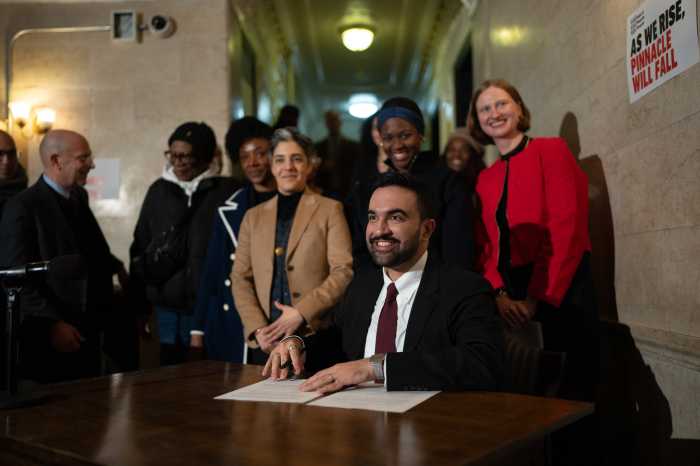The warmer weather means many young people are increasing their activity level outdoors. While sports and other physical activities are excellent for fitness and weight control, some kids may be at increased risk for a fracture. Doctors at Hospital for Special Surgery in Manhattan say they are seeing more young people with broken bones who have a vitamin D deficiency.
“A low level of vitamin D in children and teenagers has become an epidemic,” says Dr. Shevaun Doyle, a pediatric orthopedic surgeon at Hospital for Special Surgery. “This is a critical vitamin because it works with calcium to help strengthen and maintain healthy bones. Studies have found that millions of American children have low levels of vitamin D, putting them at greater risk for a fracture.”
Before he broke his arm, no one suspected 12-year-old Sebastian Oe had a deficiency. He’s the picture of health. He participates in a variety of sports and made the track team. His mother also makes sure he eats a very healthy diet.
Last year, Sebastian fell and fractured his arm. After wearing a cast for six weeks, the bone healed. But a few months later, he fell again while snowboarding and broke the same arm in the same place. Doyle ordered a blood test for Sebastian and found he was deficient in vitamin D.
“I was extremely surprised, this was totally unexpected,” said Sebastian’s mother, Anja. Her son is now taking a vitamin D supplement and doing well. “He is back to his sports and participating on the track team. We’re glad he was properly diagnosed and we were able to resolve the problem.”
The cause of deficiencies has been linked to several factors, according to Doyle. “One reason is sun avoidance to protect against skin cancer. The sun helps the body produce vitamin D, which, in turn, is needed so the body can absorb calcium.”
When children are outdoors, they often wear sun block, and this may impede the absorption of vitamin D. To make matters worse, children and teens generally don’t drink enough fortified milk, and they may not be taking a daily multi-vitamin.
All these factors may contribute to low levels of vitamin D, and the result is a bone that is more likely to fracture during a fall or other injury, according to Doyle.
"When there is a vitamin D deficiency, some children may take longer to heal their fractures, or they may re-fracture a bone or have another fracture down the road,” Doyle said. The solution is relatively simple. "It is highly preventable if young people supplement their diets with Vitamin D," she said.
The recommended daily requirement is 400 international units for children and teenagers. Since most young people don’t drink enough milk or eat enough foods rich in vitamin D, Doyle said a daily multi-vitamin can ensure they’re getting the vitamins and minerals they need to stay healthy.
For more information, visit www.hss.edu/peds. For an appointment with a pediatric orthopedic surgeon at Hospital for Special Surgery, please call 1-888-261-4566.


































